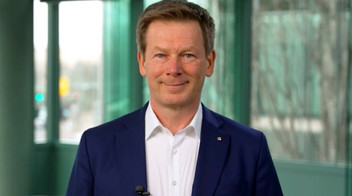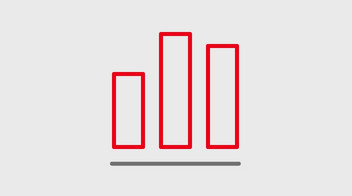Share of renewable energies in the DB traction current mix
1) Since 2023, the share of renewable energy is presented separately without support from the Renewable Energy Sources Act (Erneuerbare-Energien-Gesetz; EEG).
In 2023, the share of renewable energies in the DB traction current mix in Germany was further increased on the basis of preliminary figures. In addition, we concluded further long-term power purchase agreements in 2023 in order to make the traction current mix in Germany even greener in the future.
Climate-neutral mobility and logistics begins with the climate-friendly production of energy. In December 2022, we therefore signed a letter of intent with the regional energy supplier swb AG to develop a concept for a CO₂e-neutral facility for the production of traction current at the Bremen site. There are very good prerequisites for climate-friendly energy production, because in addition to the future connection options to the 380 kV maximum voltage grid, the proximity to offshore wind farms and the connection to the planned European hydrogen and CO₂ grid (i.e. (transport) infrastructure for CO₂ from the location of its capture to the destination of its further use or storage is met), local power storage facilities are available. In 2023, cooperation was intensified, and as part of a project two proposals were developed for a climate-friendly power plant solution at the Bremen site.
Since DB Long-Distance passengers travel on 100% eco-power in Germany, DB long-distance rail passenger transport remained the most climate-friendly motorized mean of transport in 2023. The expansion of renewable energies in Germany also presents challenges. Instead of a small number of large fossil-fuel power plants with a constant energy supply, we need to upgrade our infrastructure to accommodate an increasingly decentralized energy supply from smaller, renewable electricity producers with a volatile performance. LuFV III will enable us to carry out necessary infrastructure measures in the traction current grid. By 2029, for example, DB Energy will have built seven new converter plants, four of which are under construction or have already been commissioned. We also use sensors and AI so that we can continue to manage the increased complexity of the traction current grid in future with high supply reliability.


